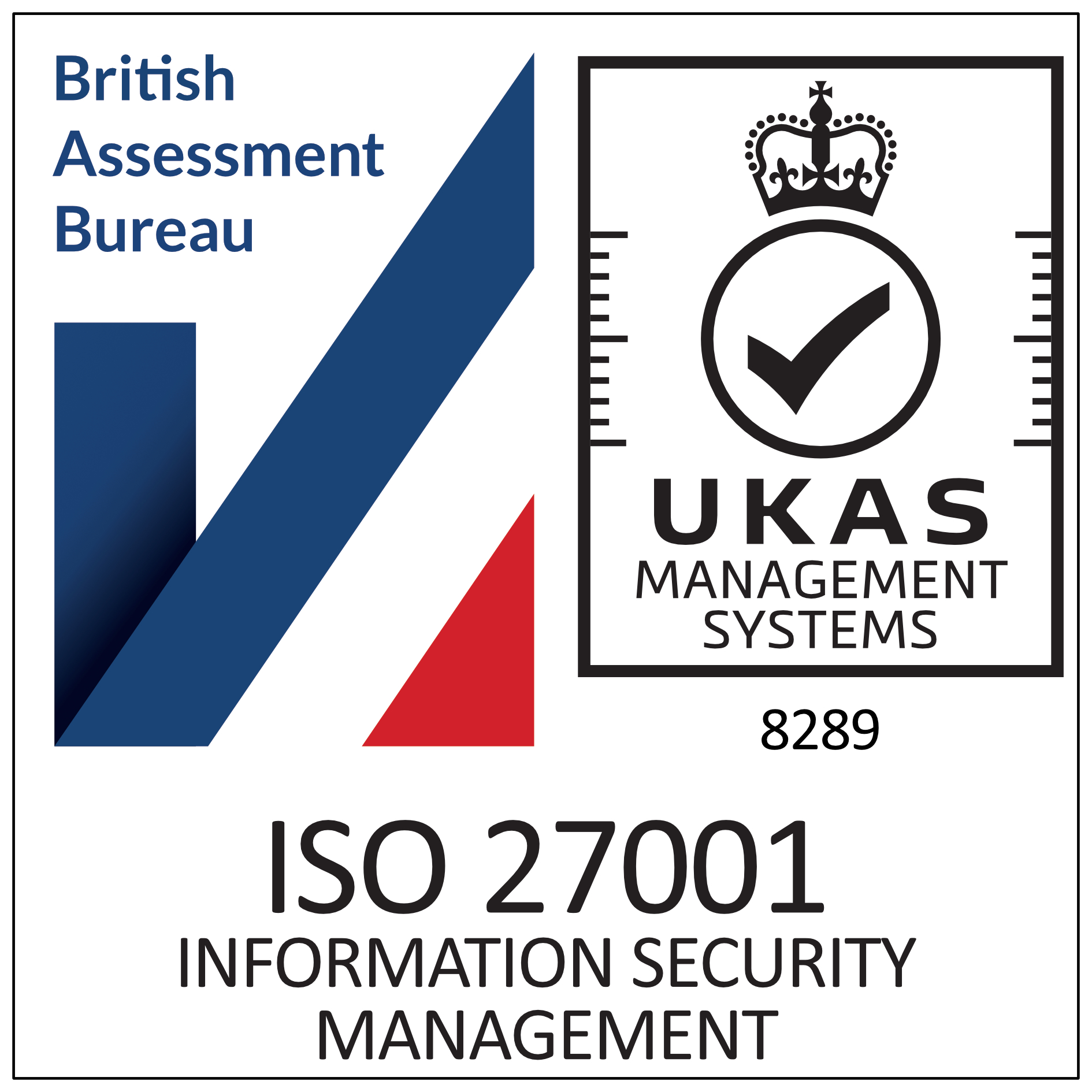What is Core Activity Language in Job Planning and Why Should You Care?

I, like many was surprised to find out that there is no standardised language being employed in the job planning process. For clarity, I am talking about language relating to programme activity (PA) categorisation. Not general language policing.
It is difficult to imagine how, without the application of common language, the job planning process can be effective and meaningful. Currently in practice, services either describe activity in their own way, reflecting local language and labels of work or leave descriptors blank, as nothing really fits. Both of theses methods can be problematic.
To be clear this is not a shot across the bow of those undertaking the process or even those administering it. You can only work with what you have and make the best attempt at it. That being said it is not conducive for quality workforce planning. You have to look beyond the individual nature of job planning to the bigger workforce picture.
The Consequences of Non-Standardised Language
When services use their own local language and labels to describe work activities, it creates a barrier to understanding and comparing job plans across the organisation. What one service calls “patient care,” another might label as “clinical duties.” While the intent may be the same, the inconsistency in language makes it challenging to aggregate and analyse data effectively.
On the other hand, when descriptors are left blank, it leaves gaps in understanding. It becomes difficult to know how staff are truly spending their time and whether resources are being allocated effectively. These blank spaces in job plans can hide inefficiencies, duplications, or even underutilised skills.
Moreover, the lack of standardised language makes it challenging to understand how budgets are being allocated. When an activity is simply labeled as “Direct Clinical Care” (DCC) without any further descriptor, it provides little insight into what type of care is being delivered. Despite this ambiguity, a cost is still associated with the activity. In many cases, services find themselves in a situation where a significant portion of their budget is tied to activities that are not properly codified or described. This lack of clarity hinders effective financial management and resource allocation.
The Power of Core Activity Language
This is where Core Activity Language (CAL) comes in. CAL is a standardised language that provides a consistent way to describe and categorise the activities and responsibilities of healthcare professionals in their job plans. It’s a common tongue that everyone in the organisation can speak and understand.
By implementing CAL, you create a shared understanding of what each activity entails. When everyone uses the same terms to describe their work, it becomes much easier to compare, analyse, and make informed decisions based on job plan data.
For clarity this is not a core set of language that cuts across all services, it is a core set per service. If you are an ICB with three Urology departments across three Trusts, CAL will ensure that each service is anchored in activity language that is consistent.
The Benefits of CAL in Workforce Planning
The impact of CAL extends beyond just job planning. It has significant implications for workforce planning as a whole. With a standardised language in place, you can:
- Identify trends and patterns: CAL allows you to aggregate and analyse job plan data across the organisation. You can spot trends, such as which activities are taking up the most time, where there may be skill gaps, or where resources could be better allocated.
- Understand your spend: CAL allows you to pinpoint exactly what the trusts budget it being spent on at a granular level. This is integral when looking at the issue of capacity against service demand within tight financial constraints.
- Make data-driven decisions: With clear, consistent data at your fingertips, you can make informed decisions about recruitment, training, and resource allocation. CAL helps you build a workforce that is aligned with organisational goals and patient needs.
- Foster collaboration and communication: When everyone is using the same language, it breaks down silos and promotes collaboration. It enables meaningful conversations between different departments and levels of the organisation, ensuring everyone is on the same page.
Implementing CAL: A Worthwhile Investment
Adopting CAL does require an investment of time and effort. It involves training staff, updating systems, and changing long-standing practices. However, the long-term benefits far outweigh the initial challenges. Other Trusts have already or are currently adopting this approach and the outcomes are transformative.
By embracing CAL, you lay the foundation for a more efficient, data-driven, and collaborative approach to workforce planning. You create a shared understanding that ripples throughout the organisation, enabling better decision-making and, ultimately, better patient care.
The Time to Act is Now
If your organisation hasn’t yet implemented Core Activity Language in job planning, now is the time to start. Don’t let non-standardised language continue to hinder your workforce planning efforts. Embrace the power of CAL and unlock the full potential of your workforce.
Take the first step today. Start the conversation about CAL in your organisation. Advocate for its adoption and be a champion for change. The journey may not be easy, but the destination – a more effective, data-driven, and collaborative approach to workforce planning – is well worth the effort.
To discuss how you can get our free Core Activity Language, email discovery@sardjv.co.uk. We are happy to discuss further how we are helping other trusts at the moment relay some of our case studies and success.
Related Articles:
‘I Asked an AI How It Would Solve the NHS Workforce Crisis - Surprising Results?’
What is Capacity and Demand Management in the NHS and Why Does it Matter?









